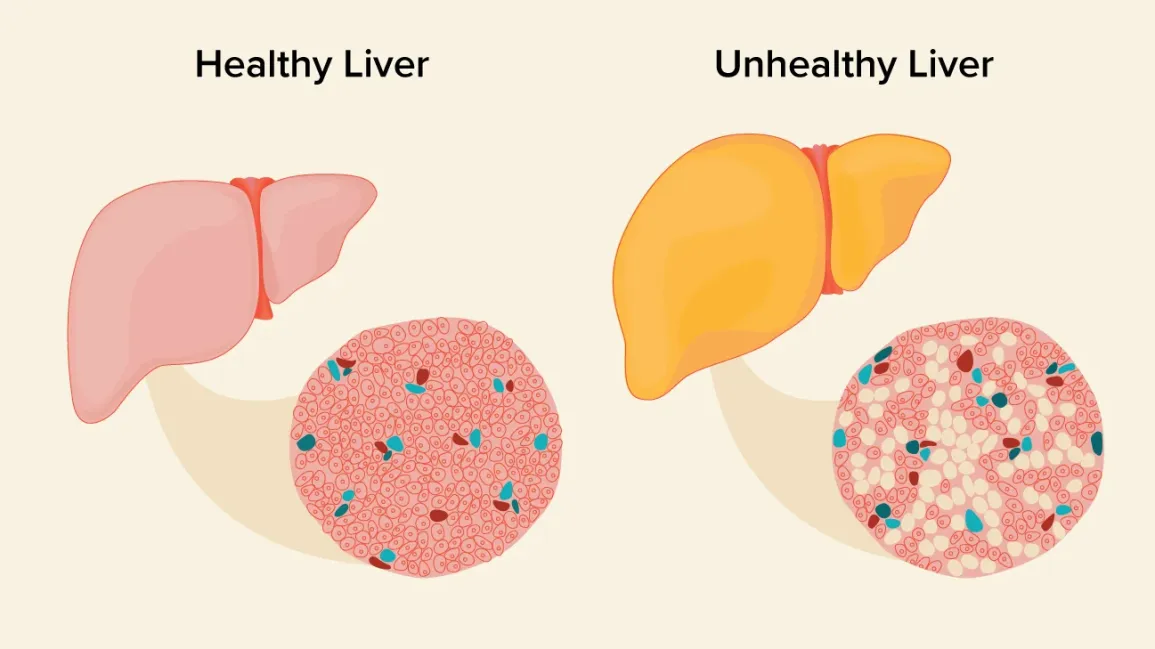
Liver Ultrasound for Early Detection of Liver Disease
The liver is a vital organ performing essential functions, including detoxification, protein synthesis, and the production of biochemicals necessary for digestion. Given its critical roles, the health of the liver is paramount. Among various diagnostic tools, liver ultrasound scans stand out for their efficacy in detecting a range of liver conditions, including fatty liver disease (both alcoholic and non-alcoholic fatty liver disease – AFLD and NAFLD), and liver cancer. This non-invasive imaging technique offers a window into the liver’s condition, enabling early detection and intervention.
Understanding Liver Ultrasound Scans
Liver ultrasound is a painless, non-invasive procedure using high-frequency sound waves to create images of the liver and surrounding organs. It’s particularly adept at identifying abnormalities in the liver’s size, structure, and texture, making it an invaluable tool in diagnosing various liver diseases.
Fatty Liver Disease Detection
Fatty liver disease, characterized by the accumulation of excess fat in liver cells, is becoming increasingly common due to rising obesity rates. It’s divided into two main types: alcoholic fatty liver disease (AFLD), resulting from excessive alcohol consumption, and non-alcoholic fatty liver disease (NAFLD), which is not related to alcohol but linked to metabolic syndrome factors like obesity, diabetes, and high cholesterol.
A liver ultrasound can detect signs of fatty liver disease by identifying areas where fat deposits disrupt the normal liver tissue pattern. It can distinguish the increased liver size and the bright, reflective texture of the liver indicative of fat infiltration. Early detection through ultrasound can prompt lifestyle changes or treatments to prevent disease progression to more severe conditions like cirrhosis or liver failure.
Alcoholic and Non-Alcoholic Fatty Liver Disease
Ultrasound scans are crucial in differentiating between AFLD and NAFLD, although further tests may be required for a definitive diagnosis. The scan can reveal the liver’s enlarged and bright appearance, suggesting fat deposition. While the ultrasound alone cannot determine the cause of fatty liver, it can prompt further investigations to identify whether alcohol, metabolic issues, or other factors are contributing to the condition.
Liver Cancer Detection
Liver cancer is a serious disease with better outcomes when diagnosed early. Ultrasound scans play a vital role in the early detection of liver cancer, identifying tumors as small as a few millimeters in diameter. The scan can show irregularities in liver tissue and nodules or masses that may indicate cancer. For patients at high risk of liver cancer, such as those with hepatitis or cirrhosis, regular ultrasound screenings are recommended for early detection.
Advantages of Liver Ultrasound
- Non-Invasive: No needles, incisions, or exposure to ionizing radiation.
- Painless and Quick: Procedures typically take less than 30 minutes.
- Accessible and Cost-Effective: Widely available and less expensive than other imaging modalities.
- Real-Time Imaging: Provides immediate results, allowing for prompt decision-making.
Conclusion
Liver ultrasound scans are an essential diagnostic tool for detecting fatty liver disease (both AFLD and NAFLD) and liver cancer. Their non-invasive nature, combined with the ability to provide real-time images of the liver, makes ultrasounds an invaluable first step in diagnosing and managing liver conditions. Early detection through ultrasound can lead to timely intervention, potentially reversing the damage in cases of fatty liver and significantly improving the prognosis for liver cancer patients. As with all health matters, prevention and early detection are key, and liver ultrasound scans offer a critical pathway to maintaining liver health and overall well-being.

